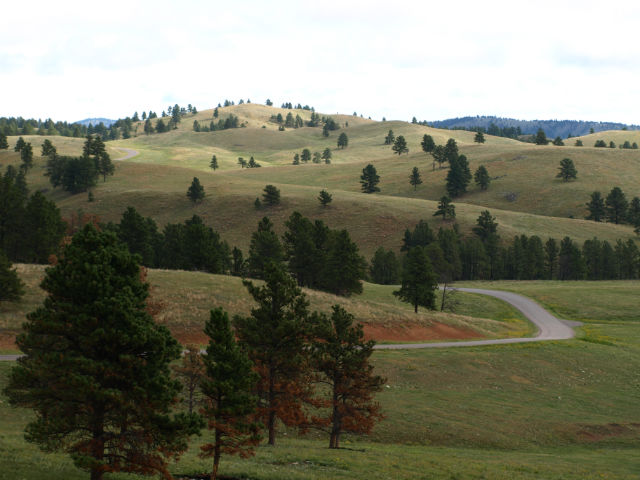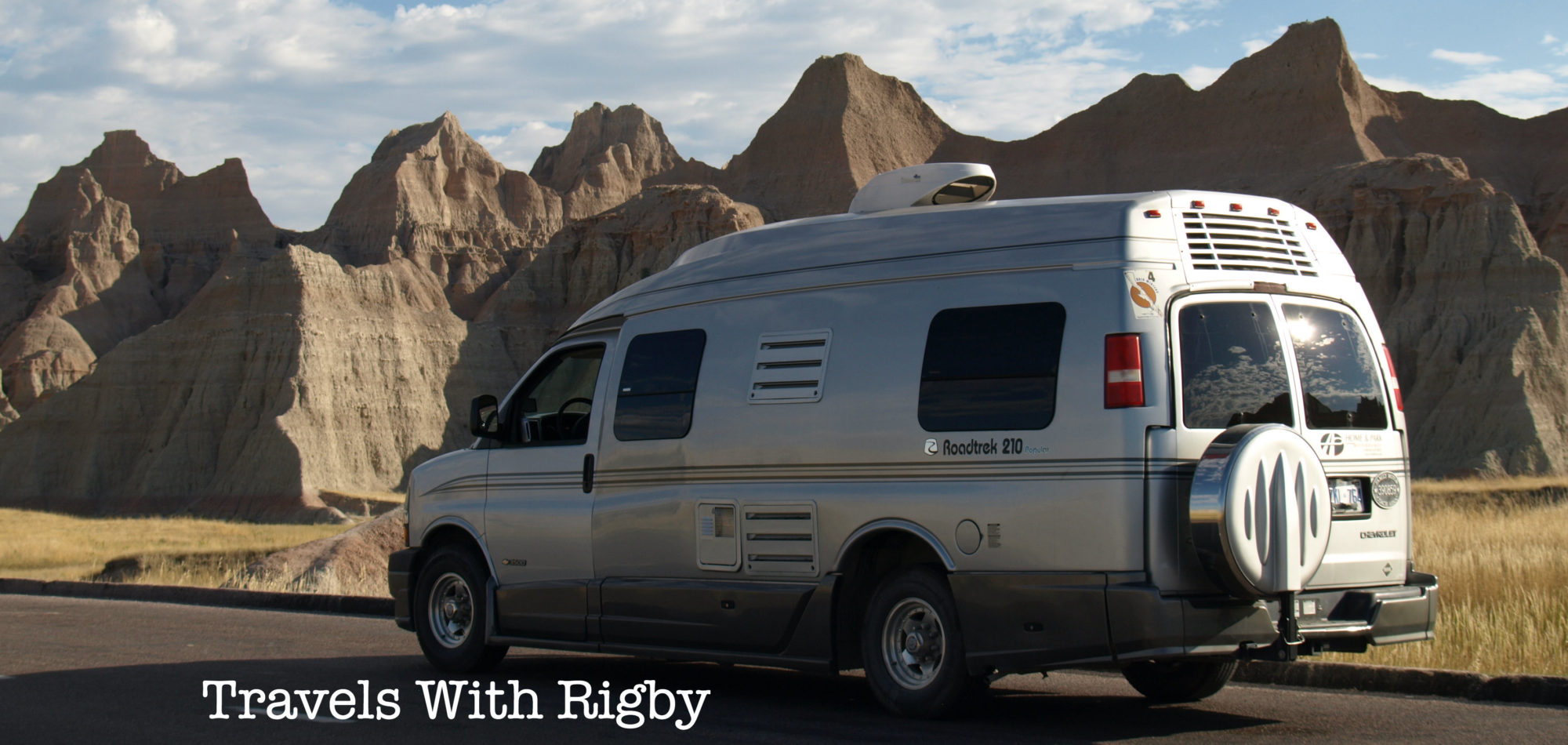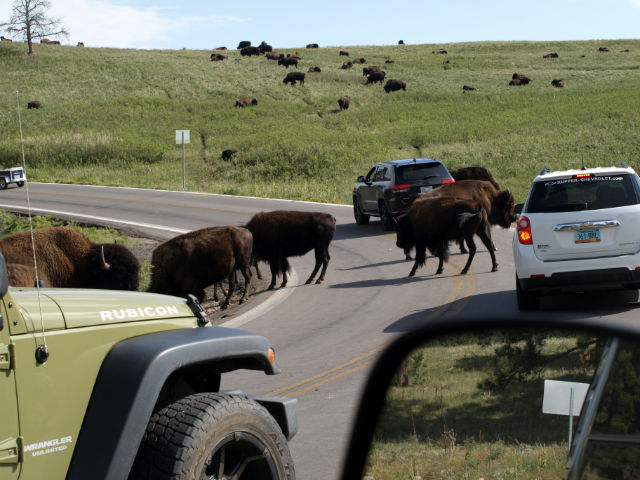We travelled further west along I-90 into the South Dakota Black Hills, an area best known for wildlife and Mt. Rushmore (did the obligatory stop; it’s striking, but it didn’t hold our attention for long). The Black Hills tend to get overshadowed by the “wow” factor of the dramatic Badlands but we found it just as beautiful and just as wild, in its own way.
We camped (at the lovely Stockdale South Campground) and explored the Black Hills’ Custer State Park, South Dakota’s first state park and a don’t-miss stop. If you go this way, head into the excellent Visitor Center for information and a breathtaking widescreen movie about the region (got lots of background that helped us map out the next few days). Kevin Costner narrates, which doesn’t hurt things either!

Over the following days, we drove all the major scenic roads (which is, like, every single roadway): Iron Mountain Road with its pig-tail bridges (held up en route by a bison jam), Wildlife Loop Road, the drive to Wind Cave National Park and the nail-biting, hand-wringing, seat-clutching twists and turns of the narrow Needles Highway to the north. The latter involved three low and narrow tunnels cut into the rock that had us pulling out a tape measure first. Not kidding.
The Lakota called this land the “hills of black,” hence the name. There is a beautiful, pleasing roll to the land; the hills are covered with dark green ponderosa pine, the air is sweet with its fragrance and around every turn you’re likely to see deer, prairie dogs, elk, prairie dogs, pronghorn antelope, bison and maybe even . . . prairie dogs.
Custer State Park protects the American prairie bison. In the early 1800s, there were an estimated 30 to 60 million of the massive creatures. By the 1890s they’d been hunted down to near extinction – fewer than 1,000. Now, protected, there are 400 bison born at the park every year. The numbers are climbing and the main herd struts down the roadways like they own the place. Rigby was very interested.
Further to the south, Wind Cave National Park is “one of the biggest pieces of Swiss cheese you’ll see.” The park protects the underground cave environment known as one of the few places in the world where there are large rock formations of boxwork. To the Lakota, Wind Cave is a sacred spot – the place marking the emergence of their people into the world above.
People kept telling us not to miss the Needles Highway. This would be immediately followed by clucking about how low and narrow the rock tunnels are. This was followed by the tape measure. In the end, we decided “nothing ventured, nothing gained” and it turned out that we made it through with no problems.
It is a spectacular drive. Twists and turns, lots of lookouts and drop-offs. Beautiful views of the Black Hills and towering granite spires that give the roadway its name. We stopped and did a hike along the Cathedral Spires Trail. Most of the way in the weather started to turn (that happens incredibly quickly here) and we cut it short and went back to the van. Getting caught in the mountains in fog and rain . . . not such a good thing.
But those Black Hills – they are high on our list of places to visit again and again.






I don’t suppose you ran into a young man named Rocky Racoon in those Black Mining Hills of Dakota. Great story. I look forward to your story on the Badlands.
GMcD ( on a whale watching trip out of Tadoussac)
Now that I think about it… haven’t come across a single raccoon yet! Bison, yes. Elk, yes. Coyote, yes. Prairie dogs … by the thousands! But no raccoons!
Glad to hear you are enjoying the whale watching. Look forward to hearing all about it.